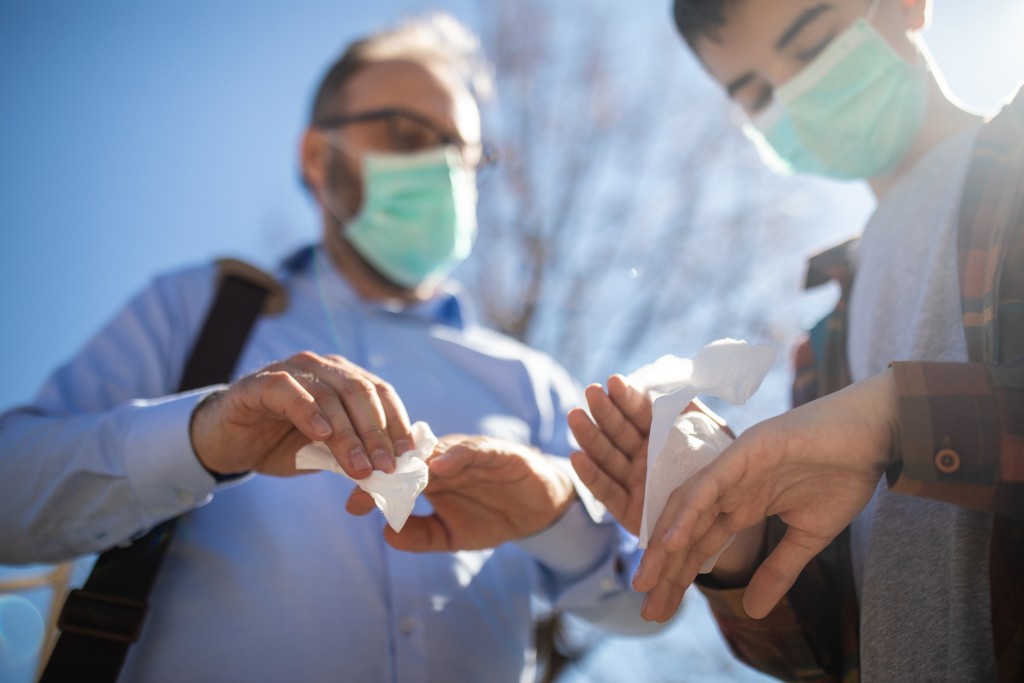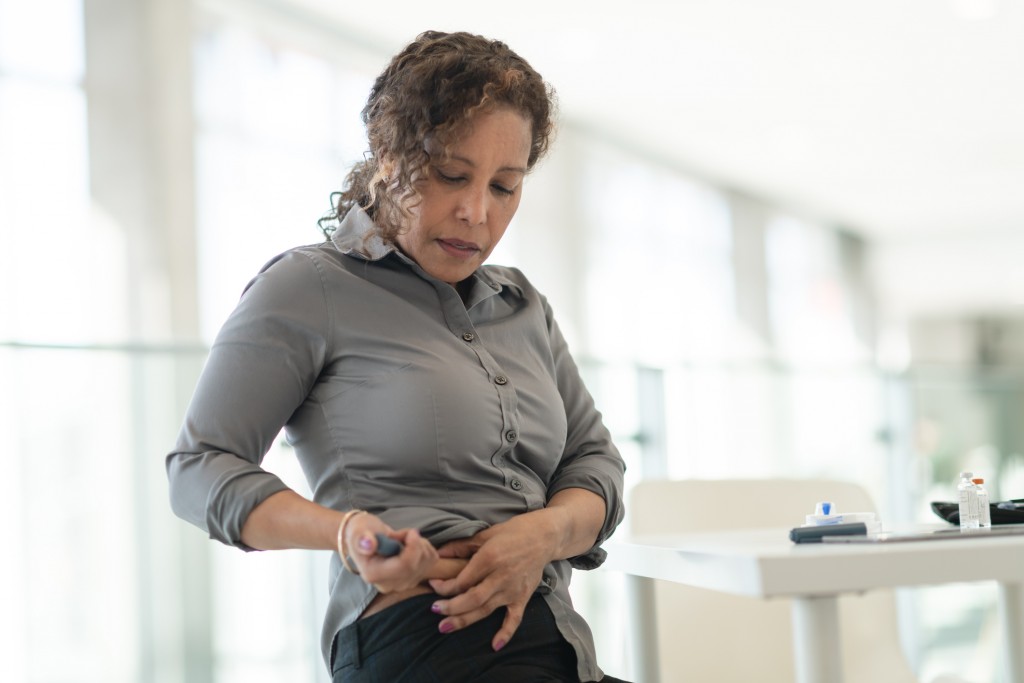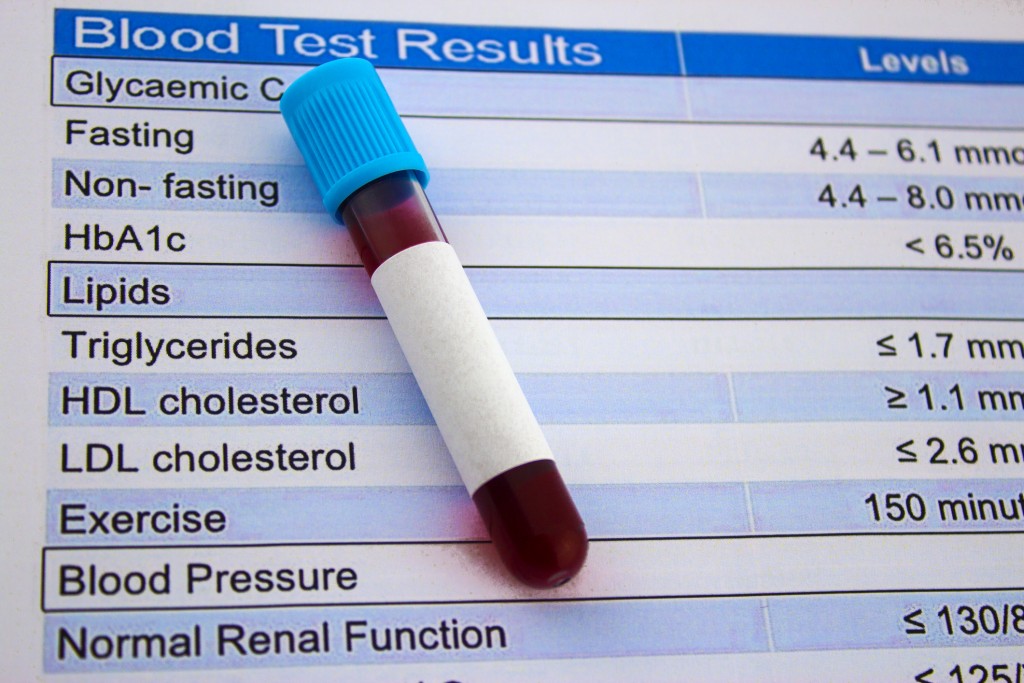Summer Health and Wellness Tips
Summer is the perfect season to relax and enjoy outdoor activities. Backyard barbecues, pool parties, and picnics at the park are family favorites. The following health and safety tips will help ensure everyone has a good time.
Avoid Sunburn
Protecting your skin from sun damage is a key factor in preventing skin cancer, the most common type of cancer in the U.S. According to the Skin Cancer Foundation, 1 in 5 Americans will develop skin cancer by age 70. A history of sunburns increases the risk for skin cancer. To prevent sunburn, avoid sun exposure between the hours of 10am and 4pm when UVA and UVB rays are strongest. Wear sunscreen with an SPF of 30 or higher. Apply sunscreen 30 minutes before going outdoors so the skin has time to absorb it. Reapply every two hours. If swimming or sweating heavily, sunscreen may need to be applied more often. Wear a hat to shade the face, scalp, and neck. Wear sunglasses to protect the eyes from the sun.
Prevent Insect Bites
Insect bites can be more than just a summer annoyance. Insects can carry disease. Mosquitos can cause
illnesses such as West Nile Virus, encephalitis, and dengue fever. Avoid outdoor activities during dawn and dusk, which are peak mosquito times. Wear an insect repellent on exposed skin or wear clothing that covers arms and legs. Eliminate areas of standing water in your yard to prevent mosquitos from breeding.
Prevent tick bites by staying out of wooded areas and high grass. Keep to the middle of the trail when hiking. Use an insect repellent that is effective against ticks. Shower soon after coming indoors and check your body for ticks. Serious diseases including Rocky Mountain Spotted Fever and Lyme Disease are transmitted to humans through tick bites.
Stay Hydrated
When outside in the heat, drink plenty of water to replace fluids that the body loses through sweating. Carry a water bottle when working outside or exercising. Avoid alcohol and caffeinated beverages as they are not effective in preventing dehydration. Signs of dehydration include dry mouth, headache, dizziness, muscle cramps, and little to no urination.
Minimize Risks of Food Poisoning
Don’t allow a family picnic to become a source of food poisoning. Uncooked meat and foods containing mayonnaise, eggs, and dairy can spoil within a couple of hours if not refrigerated or kept on ice in an insulated cooler. Make sure meats are grilled to a proper temperature on the inside to avoid E. Coli infections. Steaks should be cooked to an internal temperature of 145 degrees and ground meats should be cooked to 160 degrees. Wash hands thoroughly after handling raw meat and thoroughly clean utensils and platters that have touched raw meats.
RMD Primary Care provides a number of General Practice and Family Medicine services for your family’s health. Contact us today for an appointment.



















